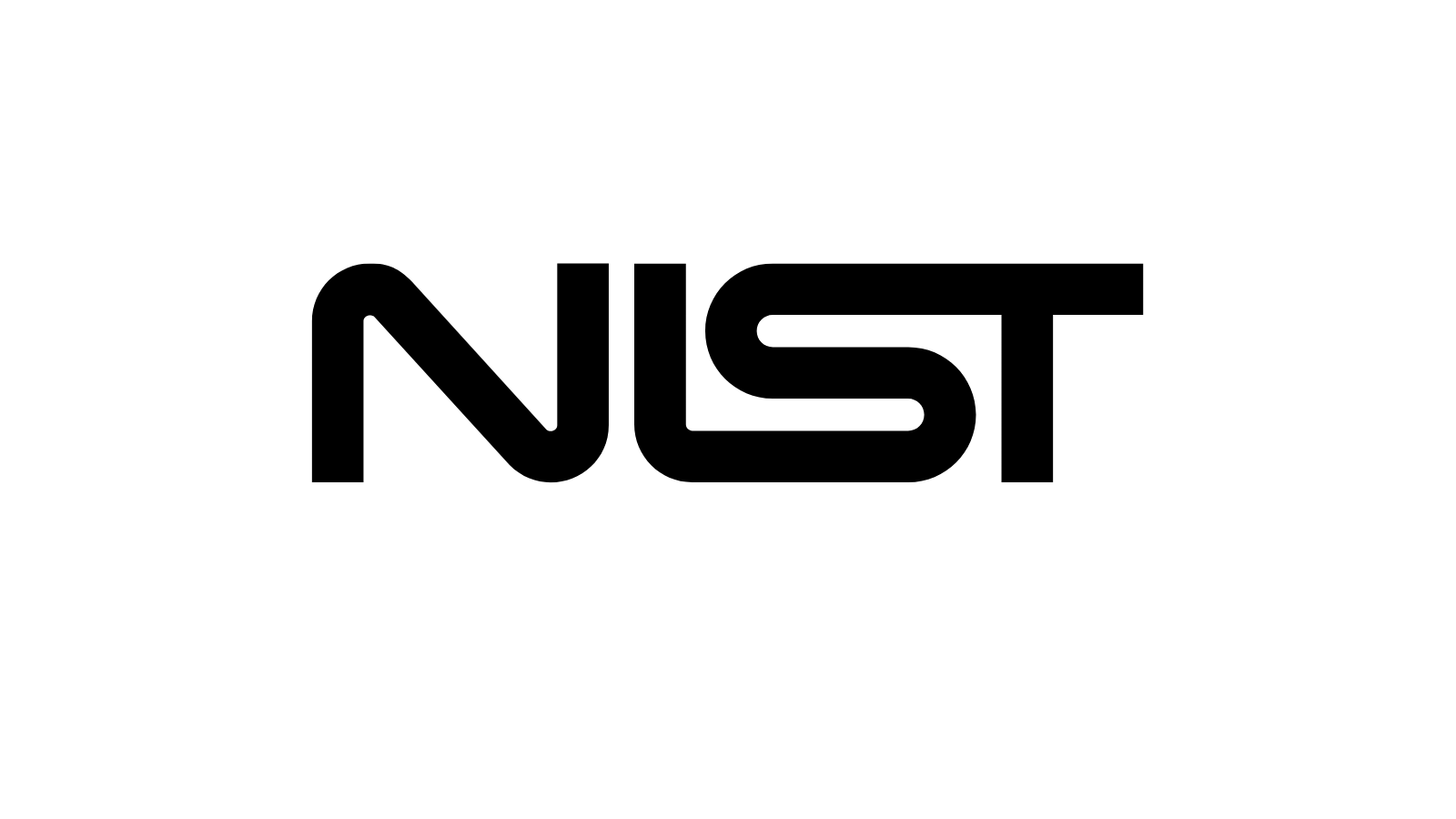These guidelines lay out a model for federal programs and other organizations to assess and manage risks associated with digital identity systems, including the processes, policies, data, people, and technologies that support digital identity management. The model is supported by a series of processes: identity proofing, authentication, and federation. The identity proofing process establishes that a subject is a specific physical person. The digital authentication process determines the validity of one or more authenticators used to claim a digital identity and establishes confidence that a subject attempting to access a digital service: (1) is in control of the technologies being used for authentication, and (2) is the same subject that previously accessed the service. Finally, the federation process allows for identity information to be shared in support of authentication across systems.
The composition, model, and availability of identity services has significantly changed since the first version of SP 800-63 was released, as have the considerations and challenges of deploying secure, private, and equitable services to diverse user communities. This revision addresses these challenges while facilitating the new models and architectures for identity services that have developed by clarifying requirements based on the function an entity may serve under the overall digital identity model. …
Quelle: Digital Identity Guidelines
Weitere Informationen:
NIST’s Digital Identity Guidelines Update – Kicking off Revision 4!

